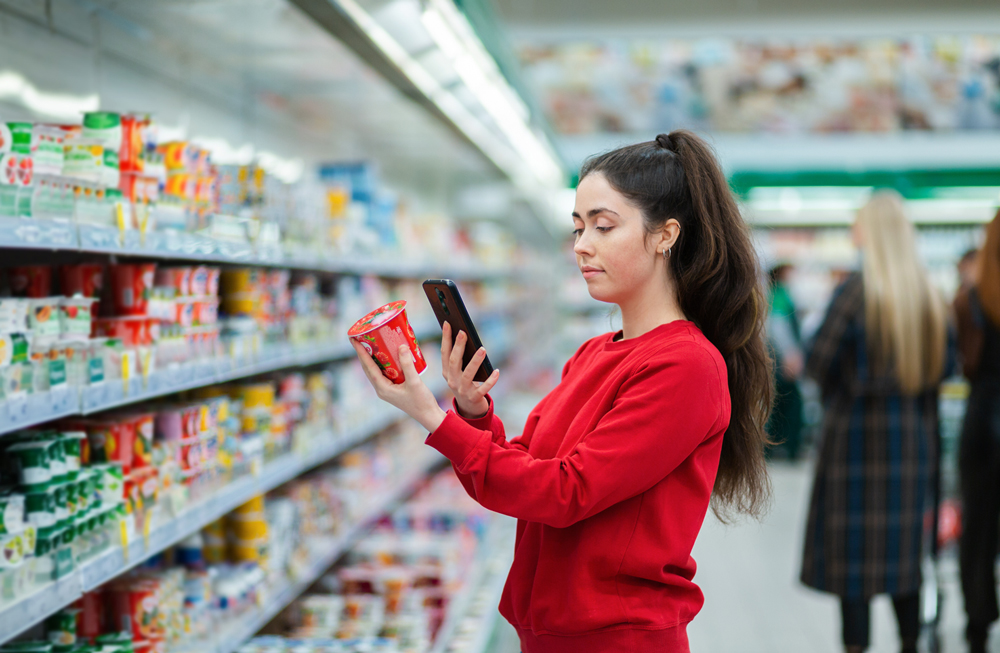As part of an enlarged pilot, Tesco is now testing the next generation of bar codes – QR codes powered by GS1 – in a small number of selected stores, while the retail industry is starting to move to a more intelligent and more connected supply chain.
The pilot replaces traditional bar codes over 12 clean brand meat and produces lines in a small number of locations in the south of England. Developed in collaboration with GS1 UK and 10 supplier partners, the initiative is mainly focused on the capture of use dates and lots numbers, allowing Tesco to assess how QR -powered QR codes can improve date code, reduce food waste and add additional protection to help prevent the sale of out date products.
Like the original barcode that has fueled the retail industry for more than half a century, these new generation QR codes fed by GS1 provide a unique digital identity for each product. In addition, they can transport much more information, allowing instant access to precise and real -time data from the supply chain to the shelf.
This trial focuses on basic operational data and sets the basics of future use cases such as link to information on allergens, supply and sustainability references, recycling advice and more
“Although it is still early, we are already seeing the advantages of the connection of our products to dynamic digital information that will help customers learn more about the products of our shelves,” said Isabela de Pedro, director of the development of the supply chain and change at Tesco. “In addition to improving the customer experience and unlocking a new value of the supply chain, we test how QR codes can help Tesco with problems such as traceability, compliance, sustainability and edge of the shelf.”
New research by GS1 UK reveals that the adoption of QR codes is gaining momentum in the industry. More than a quarter (25%) of British companies are now aware of the transition to QR codes fed by GS1. 11% of GS1 UK members have already implemented technology, with an additional 33% to do it in the next 12 months, which means that almost half of the base of the 60,000 GS1 UK members could use QR codes powered by GS1 from 2026.
This research also underlines how this adoption is aligned with key commercial priorities. 31% of members identified the exploration of new sales channels as a higher objective, while 25% highlighted the need to comply with the evolution of the legislation. The other main areas of interest include transparency of the supply chain, operational efficiency and customer commitment – all areas where QR codes are already invaluable.
Iain Walker, director of industry commitment at GS1 UK, said: “This test is a clear signal that the retail industry is entering a new chapter. The QR codes fed by GS1 allow brands and retailers to share richer and reliable information – to the point of selling, at home or anywhere between the two.
The overall ambition is that all point of sale systems are able to scan the QR codes fed by GS1 by the end of 2027, in parallel with existing bar codes. “With increased awareness, implementing the implementation and increasingly obvious advantages, the transition to QR codes propelled by GS1 becomes a reality for companies in the United Kingdom and the whole world,” added Iain Walker. “We are proud to support Tesco and our community in the broad sense to prepare for this new era of retail.”


